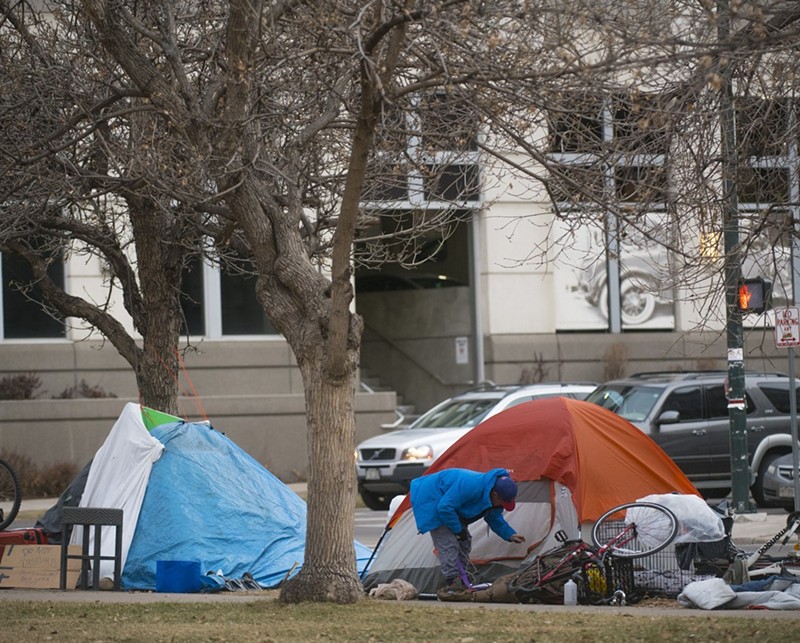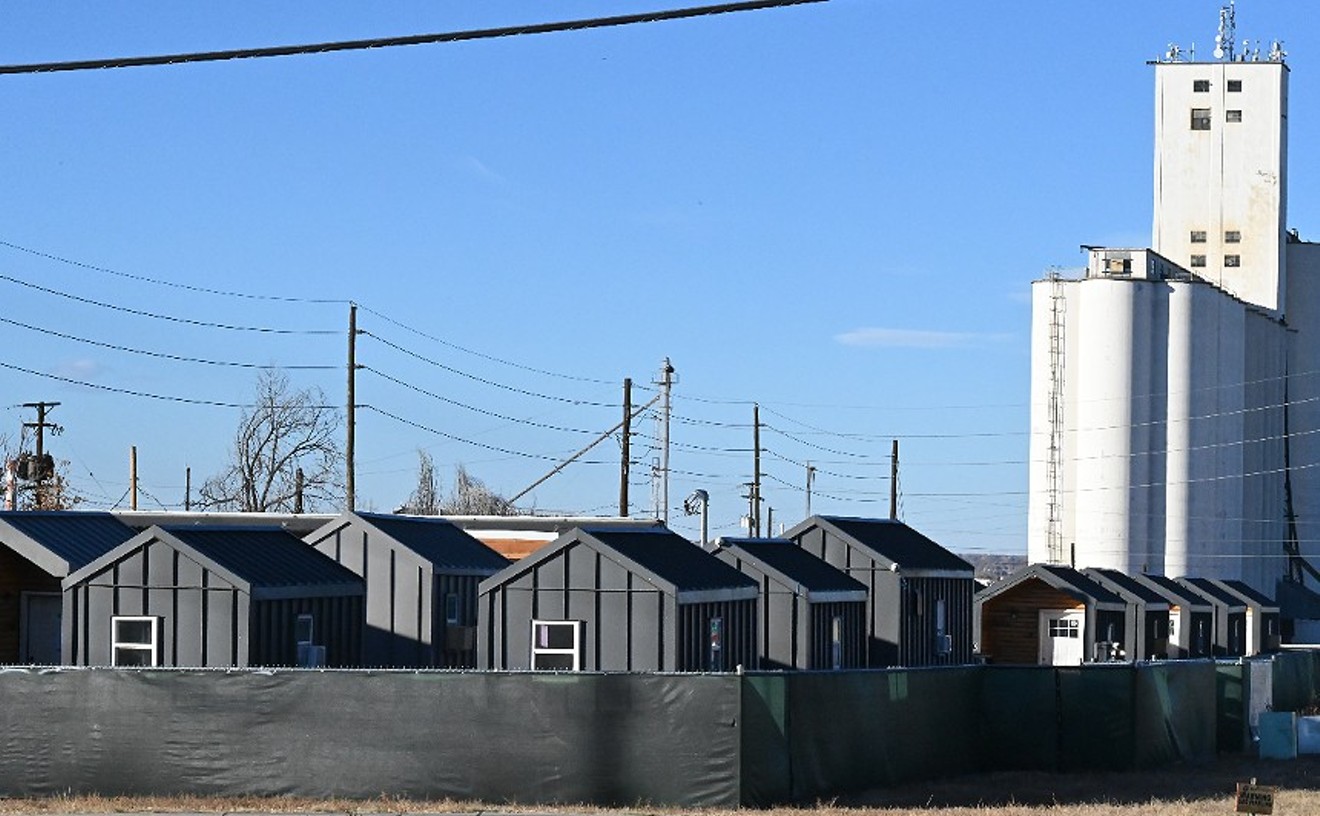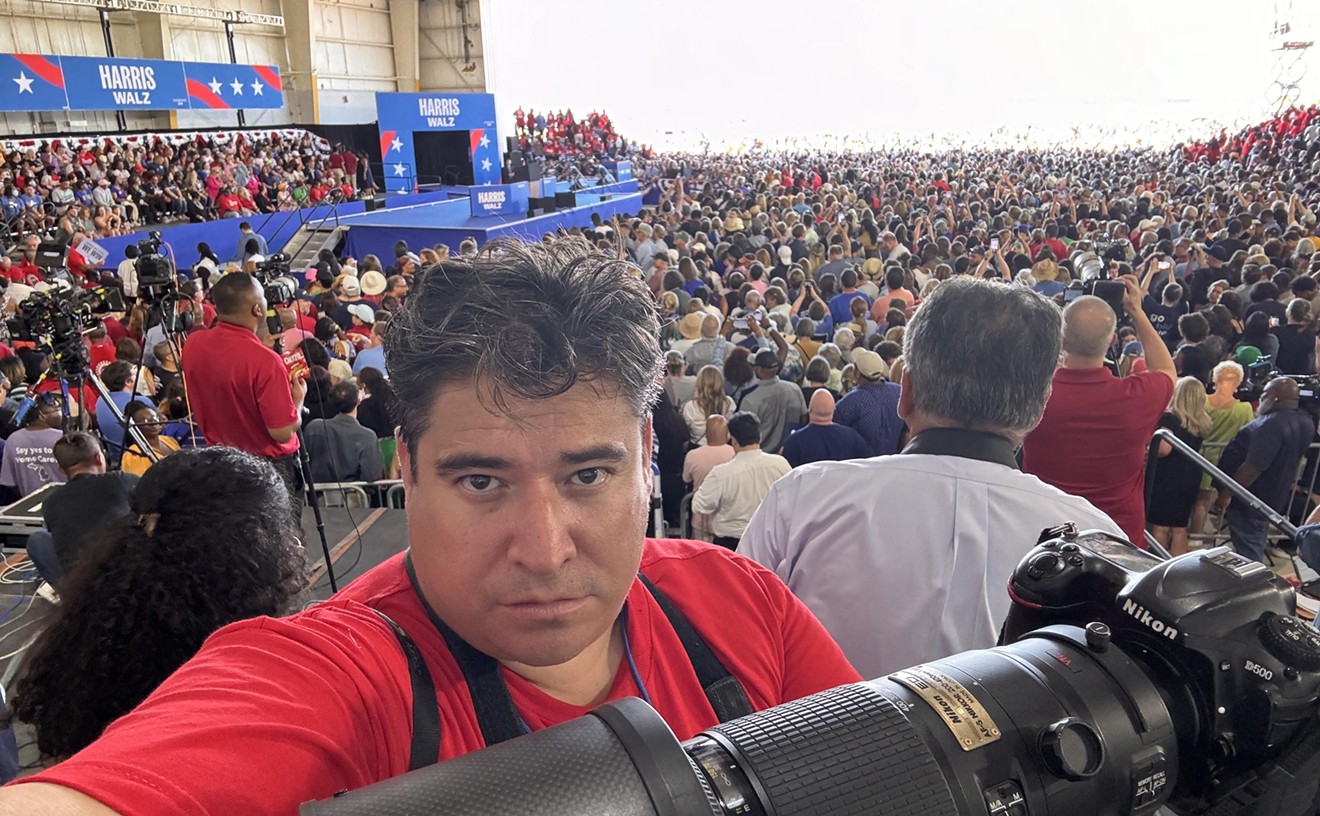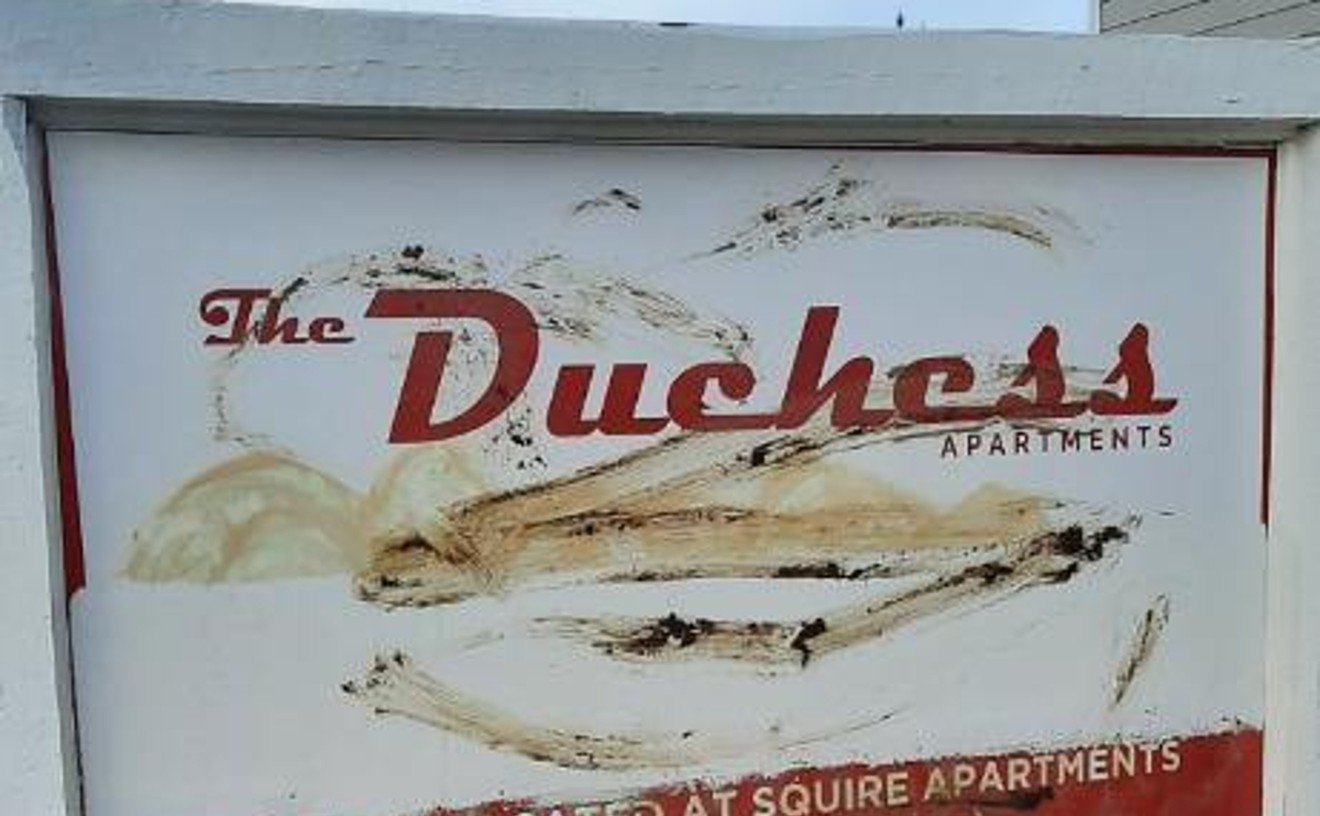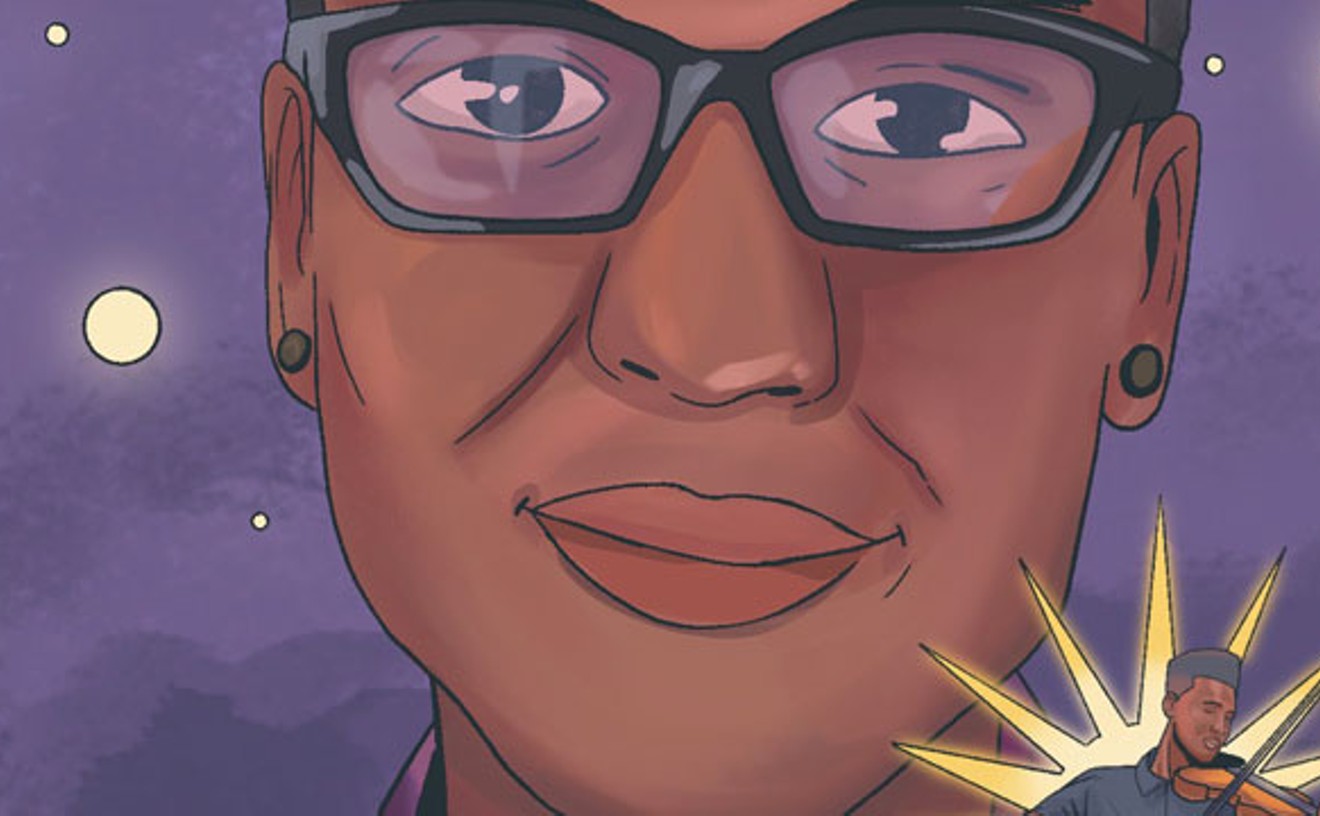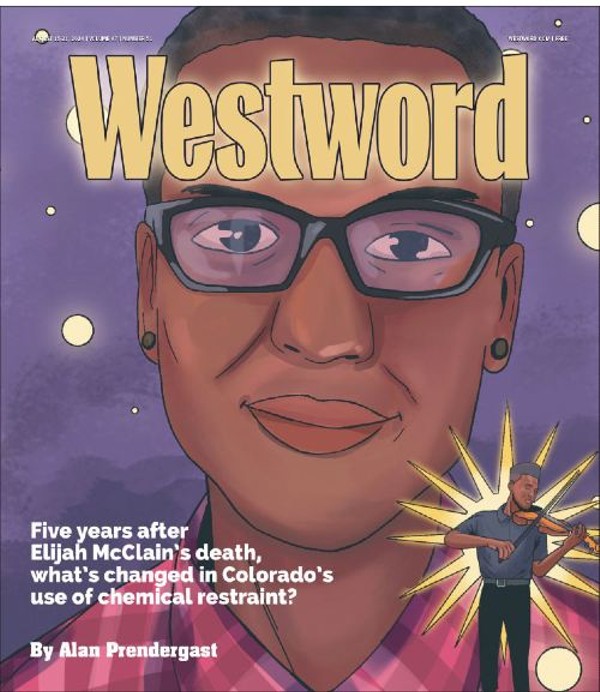The City of Denver has released the draft of a new, five-year homelessness and housing plan that seeks to cut unsheltered homelessness in half and measurably end veteran homelessness.
"These are bold goals,, and it is an ambitious plan and we think this is what community has said they want us to do," says Britta Fisher, the executive director of Denver's Department of Housing Stability.
The city is now collecting comments on the plan, which includes input from 1,350 people who participated in a survey. A final version will go to Denver City Council this fall for a full vote in November.
Aside from focusing on unsheltered homelessness and veteran homelessness, other goals of the plan's current version include creating 7,000 homes to raise the total portion of homes in Denver that are income-restricted from 7 to 8 percent, preserving 950 income-restricted rentals, and increasing the number of people who leave emergency shelter into housing from 30 to 40 percent, and the number of families from 25 to 50 percent.
The plan also calls for pushing back against the disproportionate representation of BIPOC communities in Denver's homeless population.
"We really want to see a Denver where race no longer predicts housing outcomes — involuntary displacement, homelessness, homeownership and cost burden. What we see in homelessness is around 57 percent of our outreach participants are BIPOC. And about 53 percent of those in shelter are BIPOC. That compares to about 46 percent of the general Denver population," says Fisher. "We want to be thoughtful about how we are measuring what matters and making sure we have the data to ensure we understand who is served by the programs, the staff that is serving those in our programs, and where there are disparities, how we can address those and resolve them."
Although the city can offer percentages on the makeup of homelessness, it's difficult to determine exactly how many people are experiencing homelessness in Denver right now. A Point in Time count from before the pandemic Put the count at 4,171 people on a single night in January 2020. Although this count did not capture people who had lost housing and were living temporarily with friends and family, it did indicate that the unsheltered portion of people experiencing homelessness was on the rise.
Denver officials estimate that there are up to 1,500 people currently living in unsheltered settings.
"We really want to see that our recovery resources are working in the way that we’re designing them to and see that reduction in unsheltered homelessness. We feel that when we have that count in January 2022, that will include an unsheltered count. That will be a pretty good barometer of where we are with this COVID-19 increase, and we want to work diligently to reduce that by half," says Fisher.
The plan notes that the city has an urban camping ban on the books, and that this policy continues to be enforced.
Although ambitious, the plan doesn't make the bold claim that it will end homelessness in the foreseeable future, the goal of Denver's Road Home, which then-Mayor John Hickenlooper announced in 2005. Cathy Alderman of the Colorado Coalition for the Homeless wonders whether the legacy of that unfulfilled promises haunts the city, leading to less ambitious goals this time around.
"It’s always scary to set goals with the fear of not being able to meet them. In the long run, if you set goals that you know you can meet and you exceed them, then you look like you’ve done a great job," Alderman says. "Why not aim higher? What are we supposed to tell the other 50 percent of people who are sleeping outside?"
The city unveiled the draft plan for homelessness and housing on August 4. That same day, the Common Sense Institute, a Colorado "free enterprise" think tank, released a study titled "The Economic Footprint of Homelessness in Metro Denver," which indicated that governmental, quasi-governmental and nonprofit entities spend an estimated $434.6 million annually on homelessness in Denver.
"We really can do better. We can get more results and we can definitely have a bigger impact than we are, and that's the goal here," Mike Zoellner said during an August 5 press conference announcing the study's findings. Zoellner had served as the finance chair of the Together Denver campaign, which fought against a ballot initiative seeking to decriminalize homelessness in 2019.
According to Alderman, researchers on the Common Sense project got a lot of data wrong, and the report is flawed.
"If I was going to remain blissfully ignorant to the reality of the data, I could say even if those numbers were true, I think the report is trying to imply that we’re spending too much money," she notes, "but clearly we’re not spending enough, because the crisis is getting worse and worse every year."
Through September 3, you can take a survey on the city's five-year plan here. The Department of Housing Stability will be hosting virtual community meetings about the plan on August 19 and 24.

Audio By Carbonatix
[
{
"name": "Air - MediumRectangle - Inline Content - Mobile Display Size",
"component": "12017618",
"insertPoint": "2",
"requiredCountToDisplay": "2",
"watchElement": ".fdn-content-body",
"astAdList": [
{
"adType": "rectangle",
"displayTargets": "mobile"
}
]
},{
"name": "Editor Picks",
"component": "17242653",
"insertPoint": "4",
"requiredCountToDisplay": "1",
"watchElement": ".fdn-content-body",
"astAdList": [
{
"adType": "rectangle",
"displayTargets": "desktop|tablet"
},{
"adType": "rectangle",
"displayTargets": "desktop|tablet|mobile"
}
]
},{
"name": "Inline Links",
"component": "18838239",
"insertPoint": "8th",
"startingPoint": 8,
"requiredCountToDisplay": "7",
"maxInsertions": 25
},{
"name": "Air - MediumRectangle - Combo - Inline Content",
"component": "17261320",
"insertPoint": "8th",
"startingPoint": 8,
"requiredCountToDisplay": "7",
"maxInsertions": 25,
"watchElement": ".fdn-content-body",
"astAdList": [
{
"adType": "rectangle",
"displayTargets": "desktop|tablet"
},{
"adType": "rectangle",
"displayTargets": "desktop|tablet|mobile"
}
]
},{
"name": "Inline Links",
"component": "18838239",
"insertPoint": "8th",
"startingPoint": 12,
"requiredCountToDisplay": "11",
"maxInsertions": 25
},{
"name": "Air - Leaderboard Tower - Combo - Inline Content",
"component": "17261321",
"insertPoint": "8th",
"startingPoint": 12,
"requiredCountToDisplay": "11",
"maxInsertions": 25,
"watchElement": ".fdn-content-body",
"astAdList": [
{
"adType": "leaderboardInlineContent",
"displayTargets": "desktop|tablet"
},{
"adType": "tower",
"displayTargets": "mobile"
}
]
}
]

